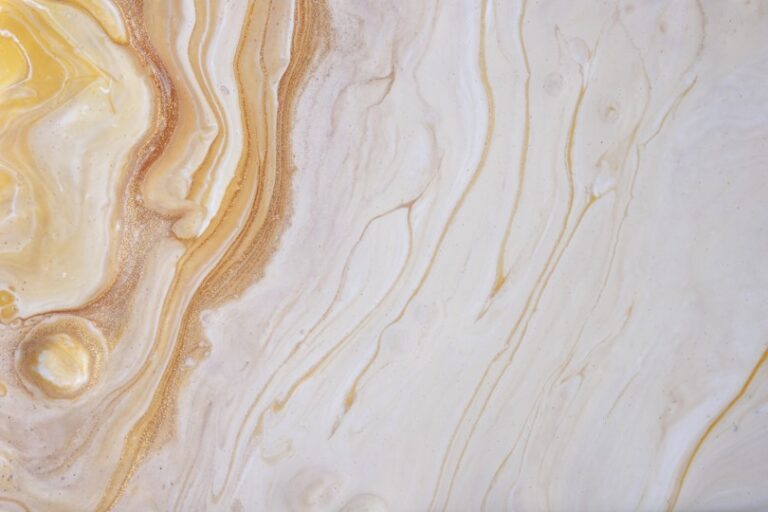
Competition for Lithium is reported to be fierce. What is it, and what does it mean for our chances of phasing out fossil fuels for good?
Lithium, referred to as white gold due to its silvery colour, is one of the lightest and most reactive elements on earth. This makes it ideal for storing energy inside batteries. One of the largest sources of lithium in the world is the Salar de Atacama, a salt lake in North Chile. Mineral rich brine is pumped out from below the surface and left in ponds for more than a year. There is so little rain in the region that the water evaporates, leaving previously trapped particles of minerals (including rich deposits of lithium) on the surface, ready to be harvested.
Lithium can also be found in a rock called spodumene (lithium aluminium silicate). The extraction process is much more rapid because it is blasted out of the rock and then ground and processed. Australia is currently the biggest producer of lithium in this way, with Chile falling behind because the lithium available takes longer to extract.
Thomas Edison was the first person to try using Lithium in a battery, noting that it increased the battery’s capacity by 10%. But he found it difficult to stablise, and too volatile to use. In fact, it wasn’t until the 1990s that the first lithium-ion battery was produced.
Over the years the lithium-ion battery has come into its own and it is now used in everything from smart phones to laptops to electric cars. Hence the huge and pressing demand.
Australia, Chile, China and Argentina are the current leaders in producing lithium, but other countries are scrambling to take part in the race, including France, whose first lithium mine is due to open in 2028. Reserves have also been found in Portugal, Germany, Austria and Finland.
If we are to sever our reliance on fossil fuels and succeed in harnessing most of our clean energy from the wind and the sun, battery storage is the key. At the moment lithium is the best way we have of storing clean energy (using powerful batteries). However, research has found that large quantities of water are being used in the extraction process, with consequent increases in water pollution. A rise in carbon dioxide emissions has also been noted from the process.
So, by using Lithium we are currently faced with a paradox. Clean energy technology that will come with its own issues in terms of water and air pollution.
Perhaps the only solution we have at the moment is to put equal amounts of effort and investment into maximising our battery storage space, finding alternative solutions to lithium batteries, and exploring ways of recycling the batteries we have, as well as researching cleaner ways of extracting the lithium.
One thing is for sure, battery storage systems and lithium, whether truly sustainable or not, will be essential if we are to achieve carbon neutral status in the near future.
https://phys.org/news/2023-01-paradox-lithium-net-zero-emissions.html Ed Conway, ‘The white gold rush: how lithium became our most precious metal’, The Times, 11 June 2023











